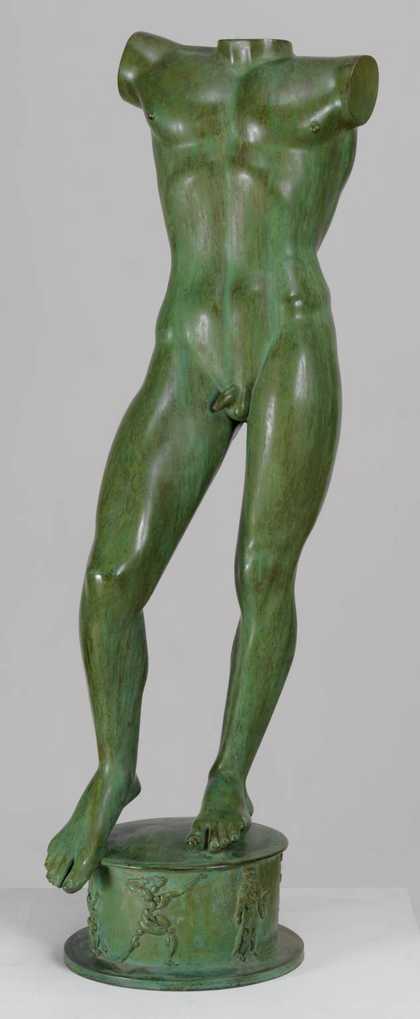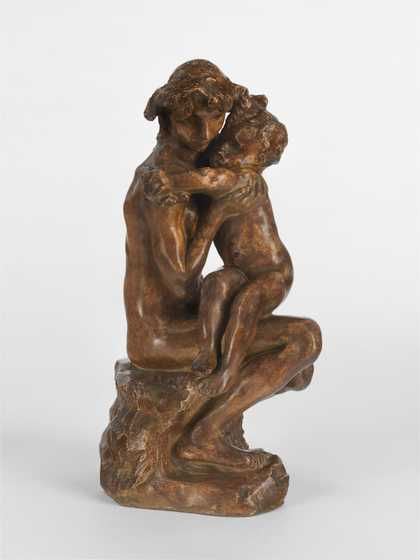It was in the year 1902, at the early age of 27, that Carl Milles took his place in the front rank of Swedish artists. The work which thus won him recognition was the characteristic and ingenious sketch for a monument of Sten Sture, to be erected at Upsala.
The group was executed in picturesque style, with surfaces catching the high lights of day alternating with the deepest shades, this being typical of the period when the sculptor came most markedly under the influence of Rodin. The group, which was from the first conceived on monumental lines, was carried out on a colossal scale and became almost architectural in its treatment and effect.
It was not until 1924 that the monument was erected on a wooded hill, in the neighborhoods of the old Swedish university town. By then, a whole host of successors had made their appearance: vast groups, expressive busts, splendid fountains, and architectural sculptures for the embellishment of churches, banks, business palaces, etc. These all came into existence as the result of tireless work and were produced in the artist’s own studio, which stands amidst the hills of Lidingö and, like some fortress, is locked and barred against intruders.
Anything approaching a complete summary of Milles’ works would prove altogether too much for the space available, and it is here only possible briefly to refer to some of the essential aspects of his art. His first great work may be described as romantic and monumental, and the same may be said of the entire range of his productions. However excellent and masterful his treatment of form, it is never the presentation of form only which he seeks but, first and foremost, an expression of life in all its multitudinous variations, be it the brute strength of beasts, such as bears and elephants, the sensuous grace of dancing women, the lofty purpose of the statesman, or the learned experiments of the man of science.
As examples of his work we have the figure of the ecstatic youth known as The Sunsinger, dedicated to the memory of Tegnér, the national poet of Sweden and author of a majestic hymn to the sun. Another example is the Monument of Industry, a fountain bearing representations illustrating the forces of nature tamed to the service of man. These two monuments were erected at Stockholm during the autumn of 1926, whilst a third, a particularly happy fountain group of Europa and the Bull, was erected during the same period in the market place at Halmstad, a town in the west of Sweden.
Axel L. Romdahl


